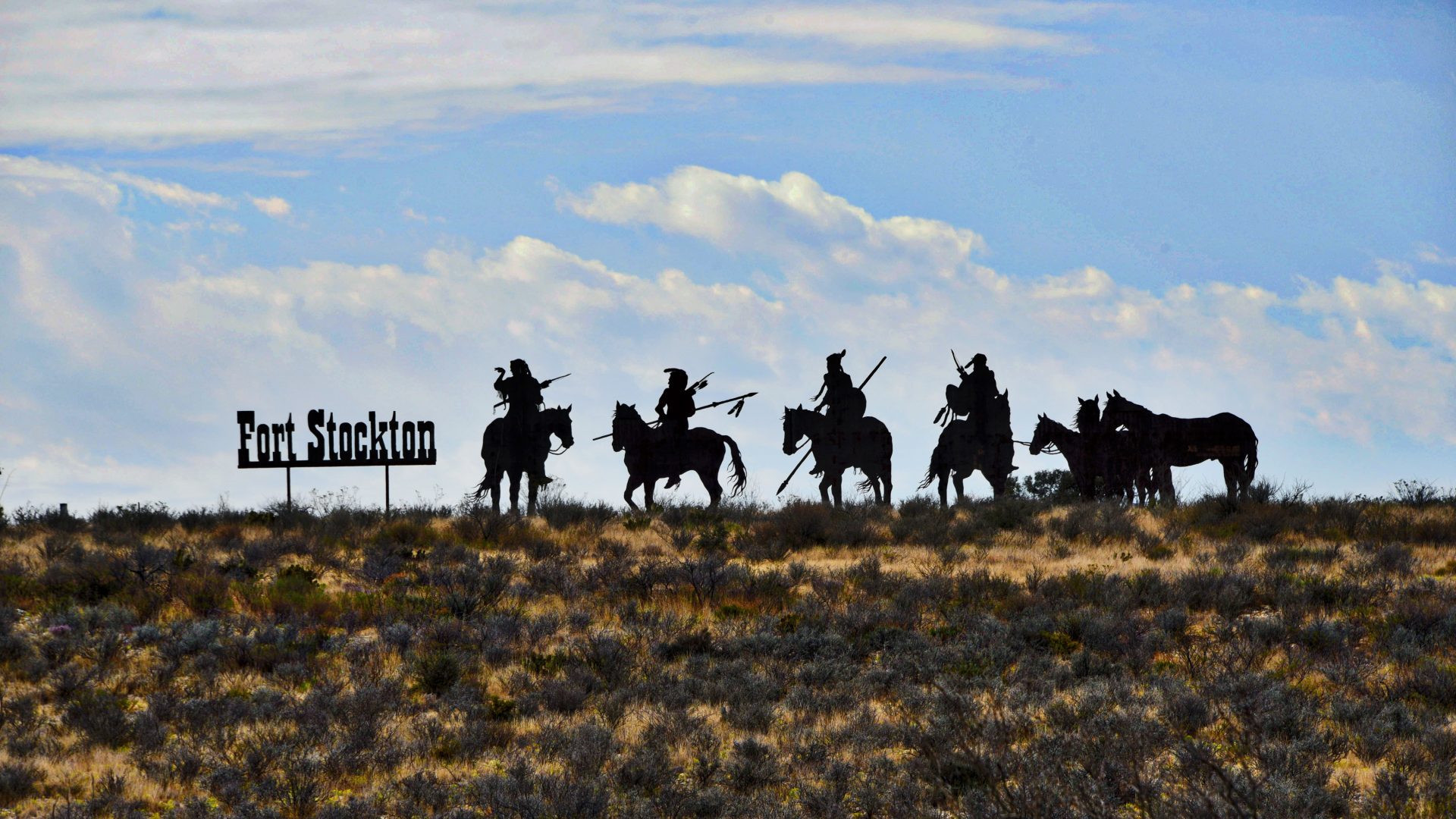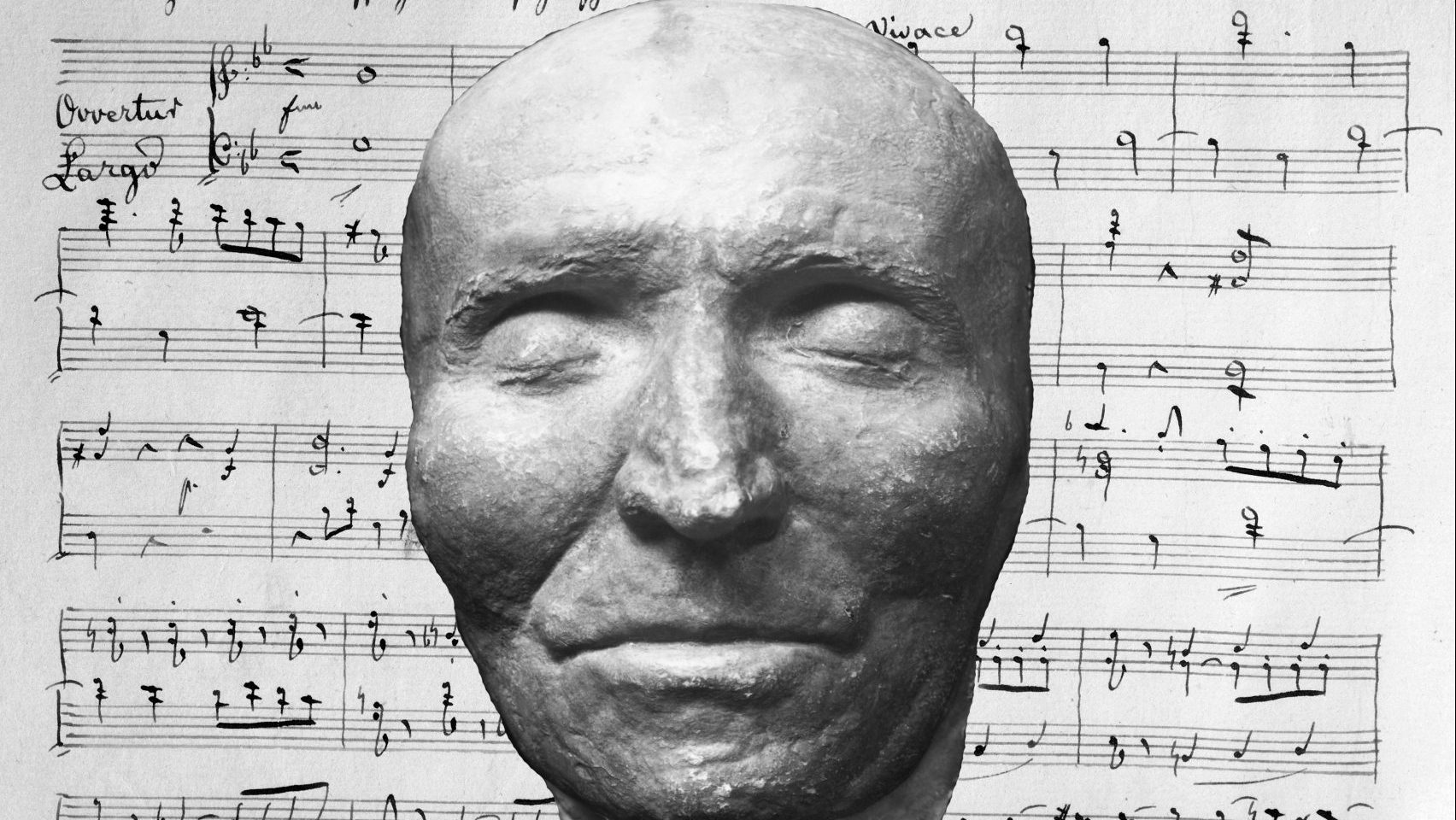The Latin-speaking western half of the Roman Empire formed a contiguous area stretching for over 1,800 miles, from the Atlantic coast of Portugal to the Black Sea coast of Romania. The Empire left behind it, as a legacy of the imperial Roman language Latin, modern languages including Portuguese, Spanish, Catalan, French, Italian and Rumanian.
Some of these languages ended up being imperial languages themselves. Spanish became the language of the Spanish Empire, which governed large areas of the Americas, Caribbean, Philippines, numerous Pacific islands, and parts of Africa. But the Americas also had their own empires and imperial languages. When imperial Spanish, as descended from imperial Latin, arrived on the far side of the Atlantic, it came into contact with two other imperial languages, Quechua and Nahuatl.
Quechua was the language of the Inca Empire, and is today the biggest surviving indigenous American language, with maybe 8 million speakers in Peru, Bolivia and Ecuador. Nahuatl was the language of the Aztec Empire, and still has something like 2 million speakers in central Mexico.
English itself had no significant direct contact with these two languages, although we have now borrowed words from both of them. English did, though, have very significant contact with another indigenous American imperial language. This was Comanche, a distant relative of Nahuatl.
The Comanche were originally a sub-group of the Shoshone tribe. They were one of the first indigenous peoples of the Americas to acquire horses and learn how to ride and breed them. They developed the ability to fight on horseback, and in the late 1600s they moved out from their Great Basin homeland and on to the Great Plains. The Uto-Aztecan dialects of the two groups gradually diverged from one another, and the Comanche language ultimately came to be regarded as distinct from Shoshoni.
The Comanche subsequently ranged widely north to south across a 2,000-mile area from Saskatchewan to Mexico. And they eventually took total control over a vast zone of a quarter of a million square miles covering eastern New Mexico, western Texas and neighbouring areas of Oklahoma, Kansas, Colorado and northern Mexico. This zone was called “Comancheria” by the Spanish.
In his book The Comanche Empire, Oxford professor Pekka Hämäläinen shows how, in the 18th and 19th centuries, the Comanche developed an empire which “eclipsed its European rivals in military prowess, political prestige, economic power, commercial reach, and cultural influence”. After Mexican independence from Spain in 1821, a Comanche delegation even attended the coronation of the new Mexican Emperor in Mexico City.
Comancheria attracted many non-Comanche immigrants; and knowledge of the language spread over an enormous area, with very many people, including Euro-Americans, using it as a lingua franca. Importantly for the history of the USA, the enfeeblement of the Spanish (later, Mexican) Empire, as a result of the increasing military, political and commercial domination exercised by the Comanche, opened up the way in the 19th century for the USA to penetrate into the American Southwest and seize this formerly Spanish territory.
The Americans were probably unaware of the role the Comanche Empire played in the weakening of the Spanish Empire, and they certainly showed no gratitude. No Comanche words were borrowed into English, and there are now fewer than 100 native speakers left of this once powerful imperial language (see TNE #184 on Indigenous Boarding Schools).
QUECHUA & NAHUATL
Some words from the Inca Empire’s Quechua language have made it into modern English. These include condor, cocaine, puma and quinoa (from the original Quechua kínuwa). The Aztecs’ Nahuatl language has also given us a number of words, including avocado, chilli, chocolate, guacamole and tomato.




